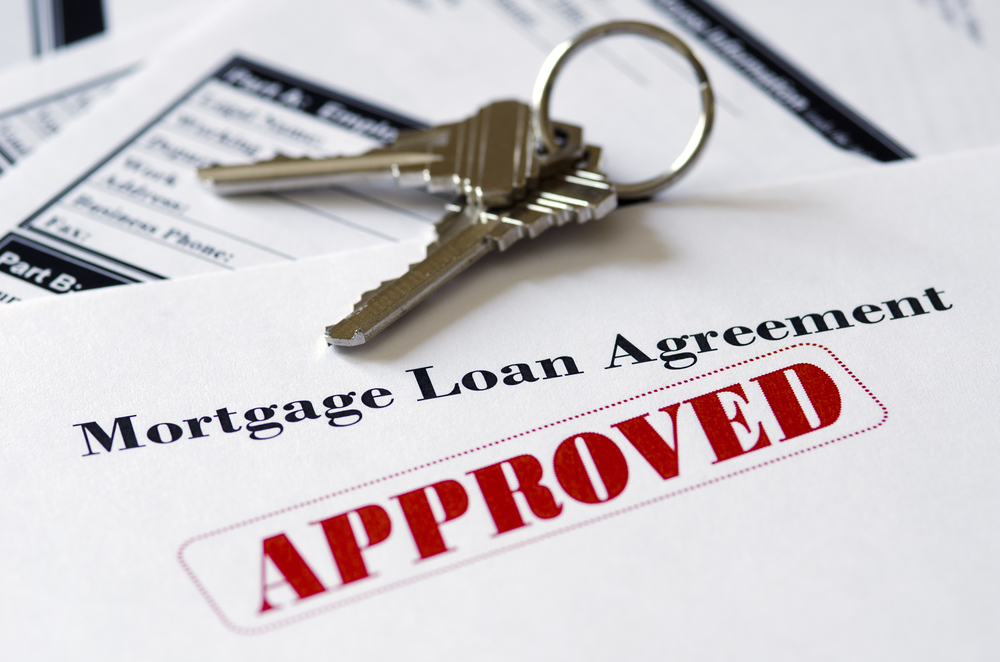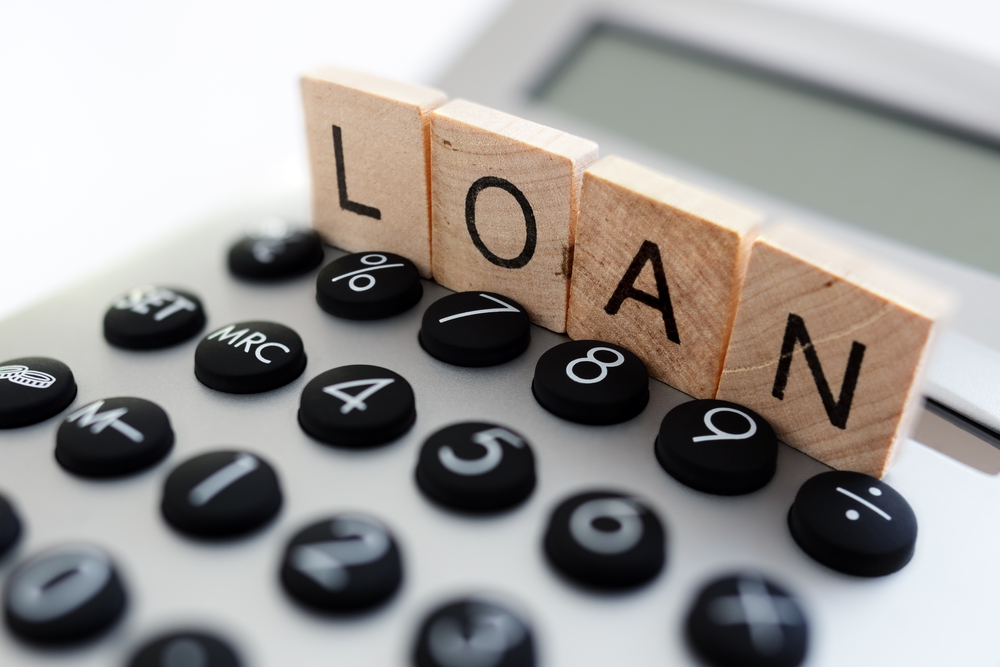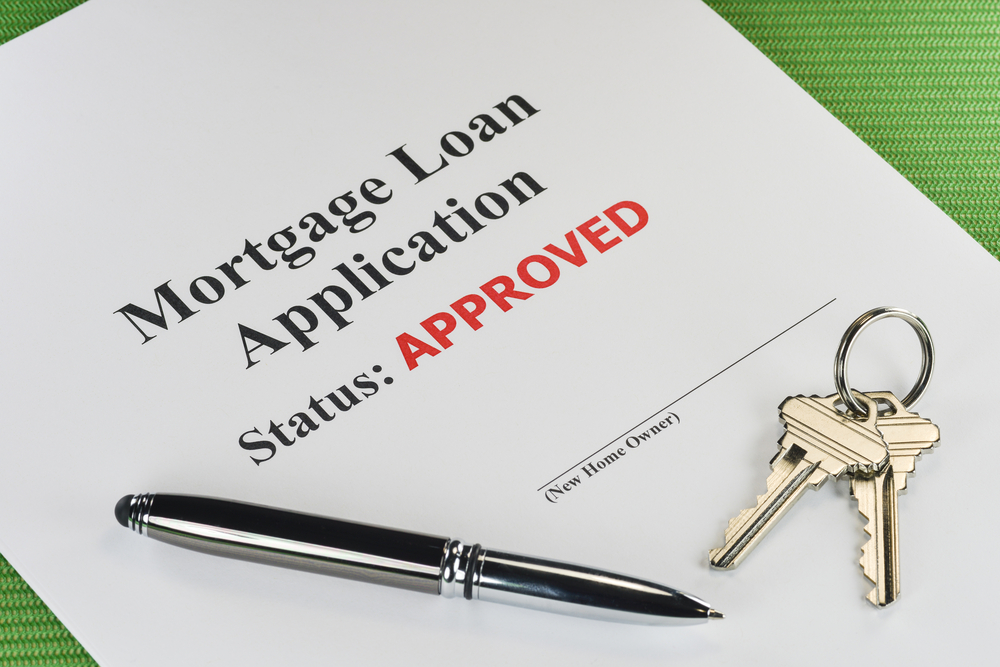Before starting the process of getting a mortgage, take a closer look at your overall finances to determine whether now’s the right time. There are various factors to consider when getting a mortgage. If you’re applying for your first mortgage ever, you might be unfamiliar with home loan requirements. But even if you have limited knowledge, there are five numbers to help assess whether you’re eligible for a mortgage.
-
Credit score
Credit scores range from 300 to 850. The good thing about credit is that you don’t need a perfect score to qualify for a home loan. But while your credit doesn’t have to be picture-perfect, it has to fall within an acceptable range.
You can order your credit score from the credit bureaus along with a copy of your credit report. The better your credit score, the better your odds of getting a mortgage. You only need a minimum score of 620 to qualify for a conventional home loan, and a minimum score between 500 and 580 to qualify for an FHA home loan. However, you’ll need a credit score of at least 680 to qualify for a competitive rate.
-
Size of your down payment
Your assets also determine how much you’re able to receive from a mortgage lender. Nowadays, most mortgage programs require a down payment starting at 3% to 5% for a conventional home loan, and 3.5% for an FHA home loan.
Before applying for a mortgage, check your bank account and investments to see how much you can put toward a down payment. If you’re purchasing a $200,000 home with a conventional loan, you’ll need about 5% down or $10,000. Even if you have enough income to afford a sizable mortgage payment, the lender may not approve a particular loan amount if you don’t have enough cash to cover the down payment.
-
Housing ratio
A mortgage lender isn’t going to approve your application if the monthly payment takes a great percentage of your gross monthly income. As a general rule, your home mortgage payment can be no more than 28% to 31% of your gross monthly income. So if you’re thinking about buying a home with a $1,500 monthly payment, your gross income must be at least $4,500 a month.
-
Length of time you’ll live in the home
You also need to think about your future plans. In other words, how many years do you plan to live in the house? Knowing this information beforehand can help you decide between a fixed-rate or an adjustable-rate mortgage.
An adjustable-rate mortgage starts off with a lower interest rate, which can result in a cheaper monthly payment. This low rate is only fixed for the first 3 to 7 years, and then the rate reset every year thereafter. Adjustable-rates are unpredictable. As market interest rates rise, so does your interest rate and monthly payment.
These mortgages are financially beneficially if you move before your first rate adjustment. But if you plan to live in the home long-term, a fixed-rate mortgage is a safer alternative because the rate doesn’t change over the life of the loan.
-
Debt
Too much consumer debt also has a negative impact on your ability to qualify for a mortgage. As mentioned, your mortgage payment can be no more than 31% of your gross monthly income. In addition, your total monthly debt payments cannot exceed 36% to 43% of your gross monthly income. The more debt you owe, the less you can spend on a house.
Debts that affect purchasing power include car payments, student loans, personal loans and credit cards. To qualify for a larger mortgage, develop a plan to pay off as many debts as possible before proceeding with a home loan.





